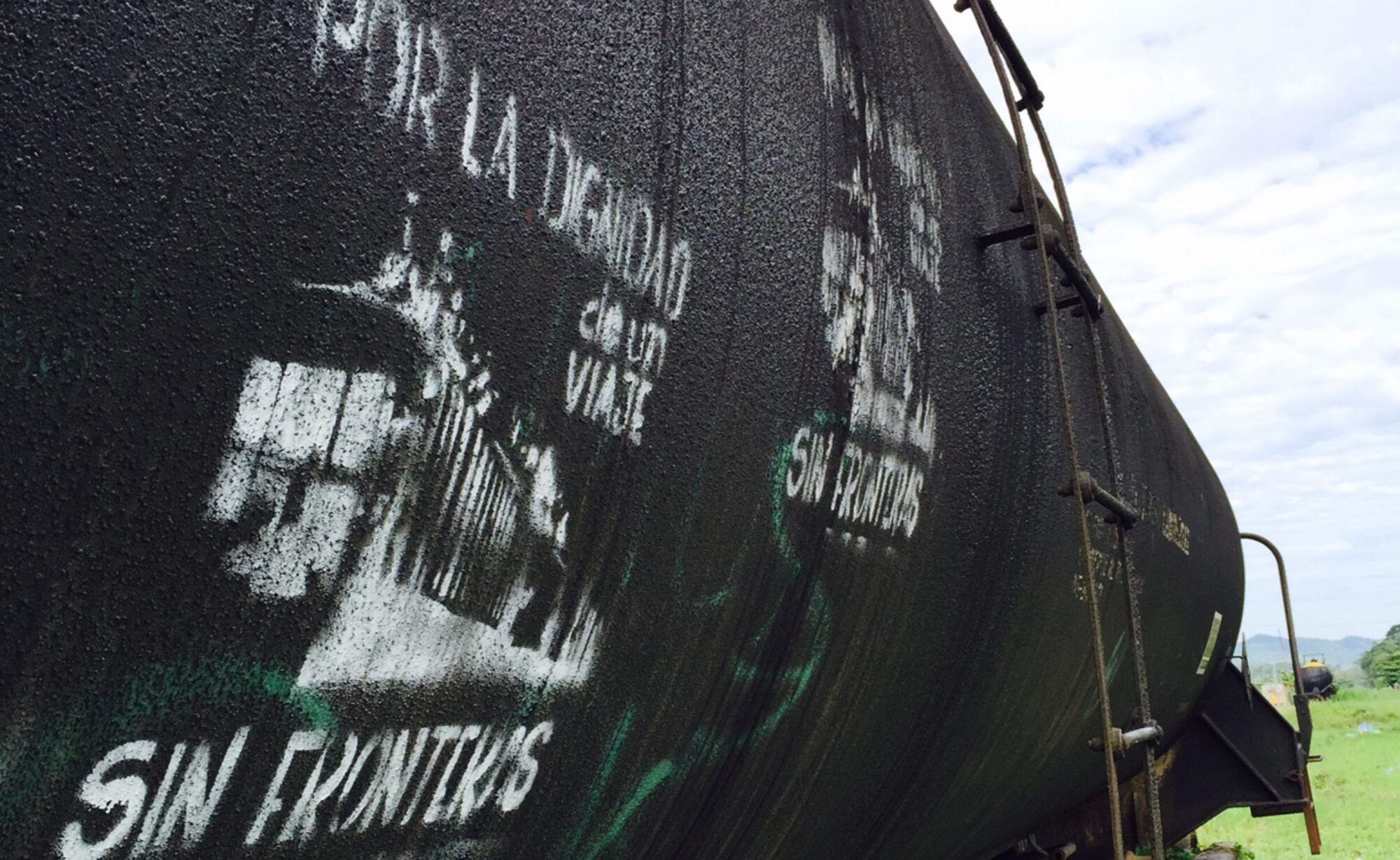Three generations of Loews have worked the family’s 63 acres in Amado, Ariz. In the last 20 years, the Loew family harvested thousands of pounds of onions, garlic and pumpkins without incident. So Stewart Loew, 44, who was born and raised on the farm, was surprised when he went to irrigate his fields one night and found himself surrounded by federal agents.
Pointing to the fires about 200 feet away that Mr. Loew lit to keep warm while he irrigated his fields, one of the agents slogged out of the ankle deep water in the irrigation ditch and asked Mr. Loew what he was doing.
“I’m irrigating, dude,” said Mr. Loew, who was in his pajamas. “What are you doing?”
“Don’t ‘dude’ me, I’m a federal officer,” the Border Patrol agent said, and demanded Mr. Loew’s identification.
http://www.nytimes.com/2013/08/18/opinion/sunday/war-on-the-border.html?pagewanted=all&_r=0
This story first appeared in the New York Times.
